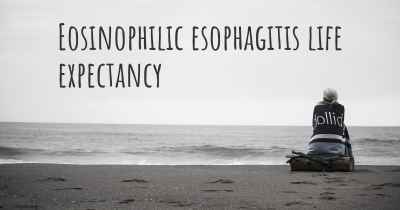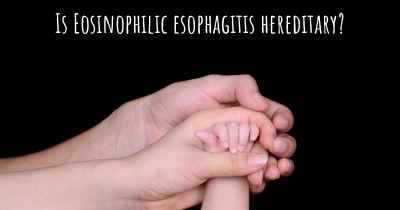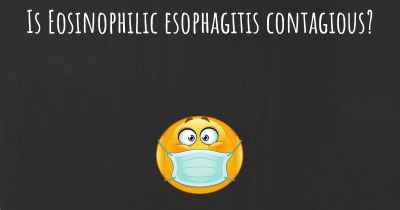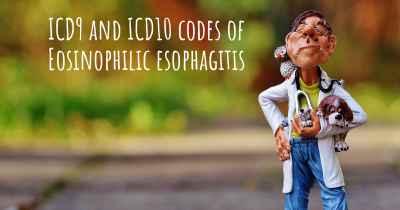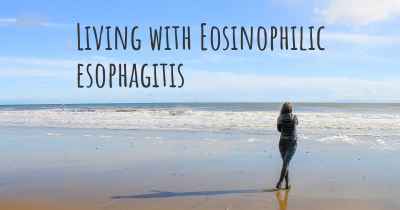How is Eosinophilic esophagitis diagnosed?
See how Eosinophilic esophagitis is diagnosed. Which specialists are essential to meet, what tests are needed and other useful information for the diagnosis of Eosinophilic esophagitis
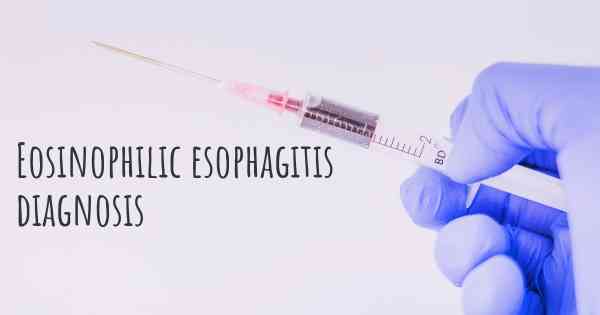
Diagnosis of Eosinophilic Esophagitis
Eosinophilic esophagitis (EoE) is a chronic inflammatory condition of the esophagus characterized by the presence of an abnormally high number of eosinophils, a type of white blood cell, in the esophageal tissue. Diagnosing EoE involves a combination of clinical evaluation, endoscopic examination, and histological analysis of esophageal biopsies.
Clinical Evaluation
The diagnosis of EoE begins with a thorough clinical evaluation, which includes a detailed medical history and physical examination. The healthcare provider will inquire about the patient's symptoms, such as difficulty swallowing (dysphagia), food impaction, chest pain, heartburn, and regurgitation. They will also assess the patient's response to acid-suppressing medications, as EoE does not typically respond to these treatments.
Endoscopic Examination
An endoscopic examination, known as esophagogastroduodenoscopy (EGD), is a crucial step in diagnosing EoE. During this procedure, a flexible tube with a camera at its tip is inserted through the mouth and into the esophagus. The healthcare provider can visualize the esophageal lining and identify any abnormalities. EoE is characterized by specific visual findings, including linear furrows, white plaques, and concentric rings in the esophageal mucosa.
Esophageal Biopsy
To confirm the diagnosis of EoE, esophageal biopsies are obtained during the endoscopic examination. Multiple biopsies are taken from different areas of the esophagus to increase the chances of detecting eosinophils. The biopsies are then sent to a pathology laboratory for histological analysis.
Histological Analysis
The histological analysis of esophageal biopsies is a critical component of diagnosing EoE. The pathologist examines the tissue samples under a microscope to determine the presence and quantity of eosinophils in the esophageal epithelium. A diagnosis of EoE is typically made when there are at least 15 eosinophils per high-power field (HPF) in one or more biopsy samples.
Additional Diagnostic Tests
In some cases, additional diagnostic tests may be performed to rule out other conditions and assess the extent of esophageal inflammation. These tests may include:
- Barium swallow: This imaging test involves swallowing a contrast material that coats the esophagus, allowing abnormalities to be visualized on X-rays.
- Esophageal pH monitoring: This test measures the acidity levels in the esophagus over a 24-hour period to evaluate for gastroesophageal reflux disease (GERD).
- Allergy testing: Allergy tests, such as skin prick tests or blood tests, may be conducted to identify potential food or environmental allergens that could be triggering EoE.
Conclusion
Diagnosing Eosinophilic esophagitis involves a comprehensive approach that combines clinical evaluation, endoscopic examination, and histological analysis of esophageal biopsies. The presence of symptoms, visual abnormalities during endoscopy, and an increased number of eosinophils in esophageal tissue are key factors in making an accurate diagnosis. Additional tests may be performed to rule out other conditions and assess the extent of inflammation. Early and accurate diagnosis is crucial for initiating appropriate treatment and managing EoE effectively.
Posted Sep 29, 2020 by EOS Network (Eosinophilic Diseases Charity)
Posted Sep 13, 2017 by Scholeigh 1700
Posted Feb 28, 2017 by Luis 1665
